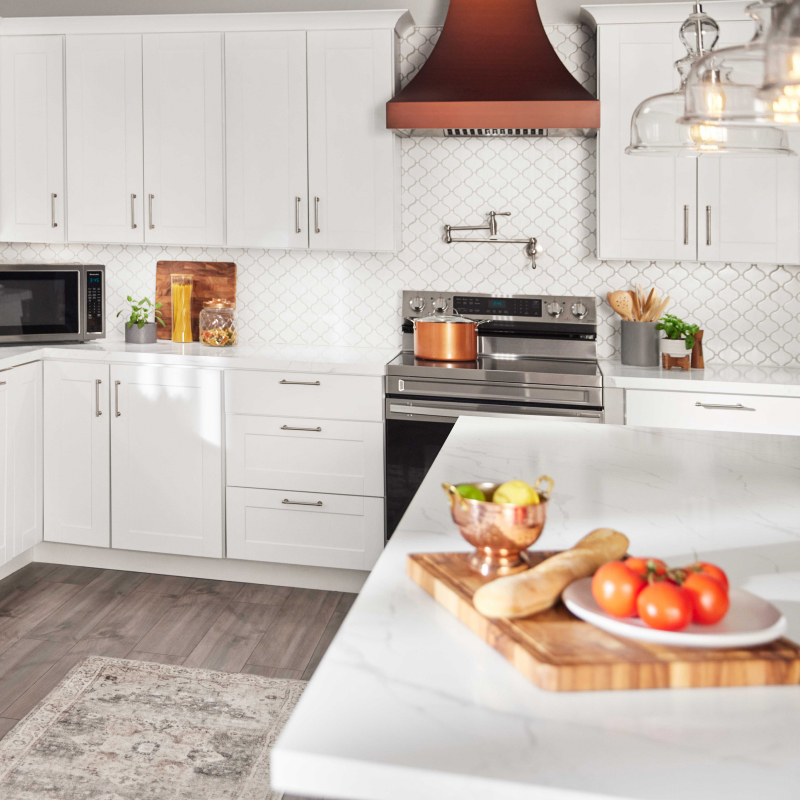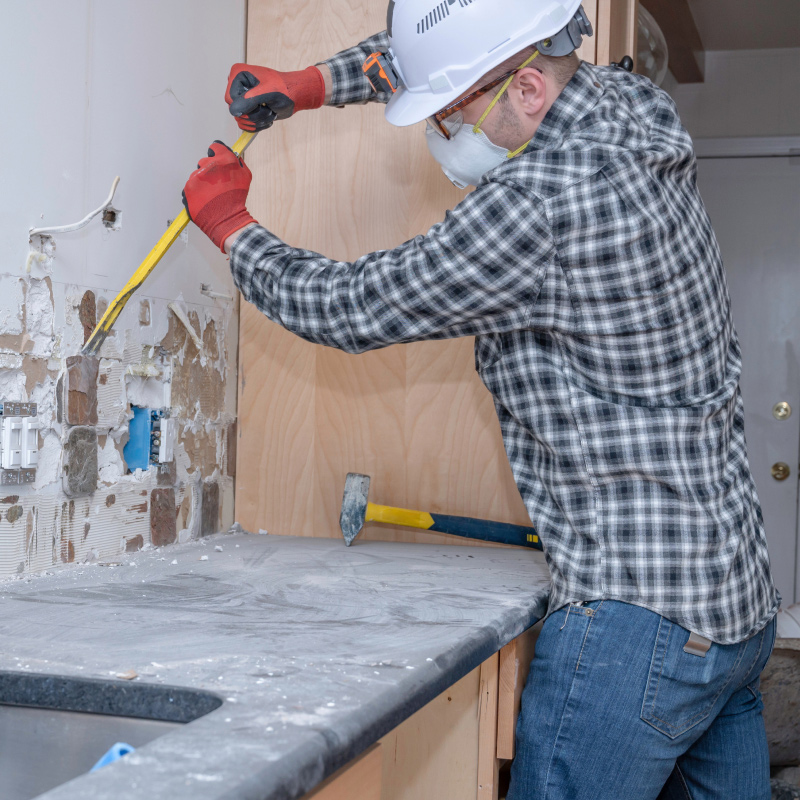Everything You Need to Know About How to Flip Houses
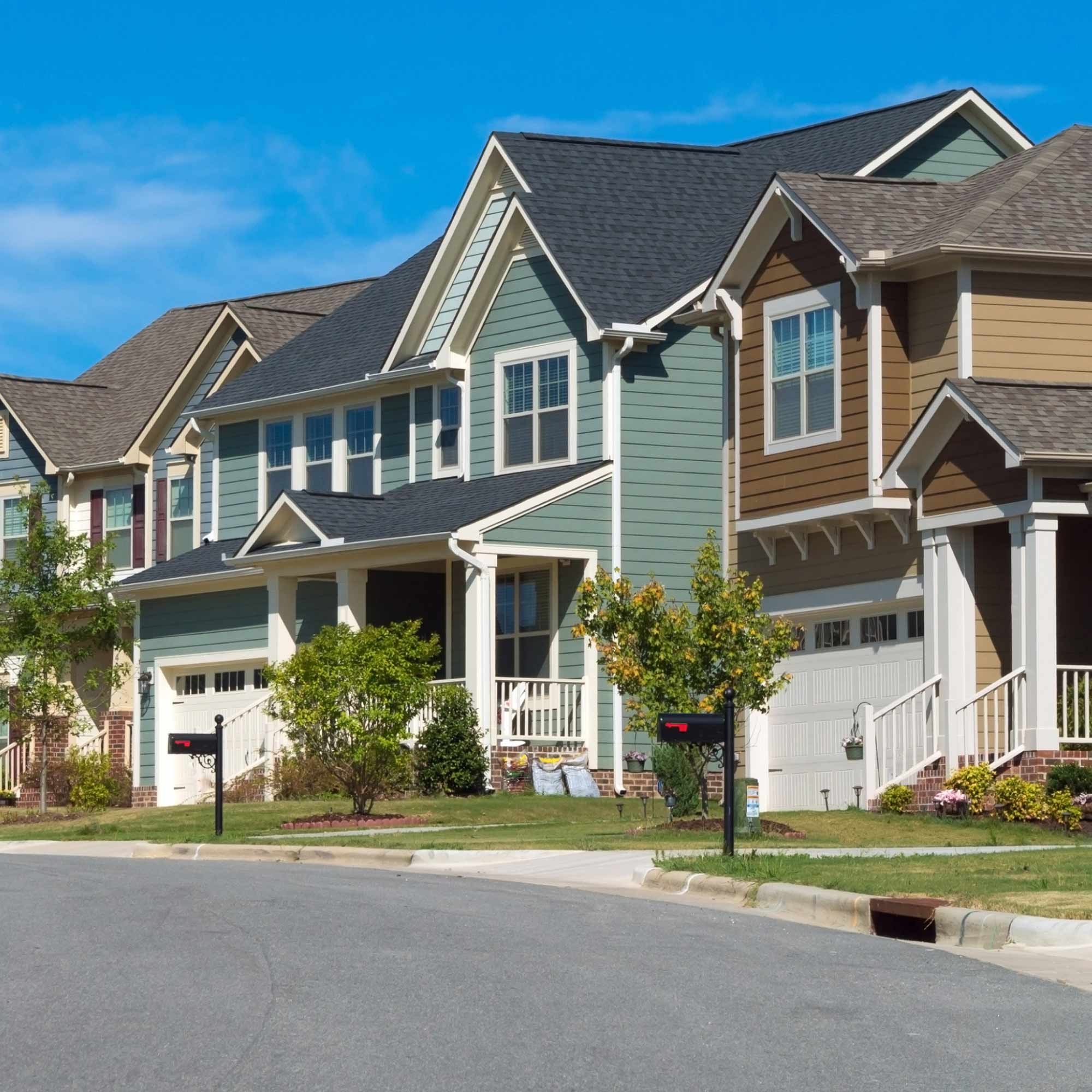
Last updated August 12, 2024
House flipping can promise big profits, but only after careful planning. A house flipping checklist must include making a business plan, setting a maximum purchase price and renovating the property without blowing the budget or misjudging the local housing market.
Careful property investment can show a strong profit even in a turbulent real estate market. This guide reviews everything you need to know about how to flip a house.
Table of Contents
How to Make a House Flipping Business Plan
How Much Should You Pay for a House to Flip?
How to Find the Right Houses to Flip
How to Renovate a Property for a Flip
Marketing Tips for Flipping Houses
More Tools. More Products. More Perks.
How to Make a House Flipping Business Plan

The profitability of flipping houses begins with your plan. Spend too much money buying the house or too much time on renovation and you risk wiping out your profit margin. (For more information, see our guide How to Make a House Flipping Business Plan.)
Creating a house flipping business plan includes setting a budget and making timelines for home rehabilitation, sale and closing. Any of these factors can change the size of your investment. Business plans also serve as important documents for flippers seeking investors or partners as part of their financing.
A home flipping business plan should include the following components:
- Executive summary of the plan’s features
- Mission statement of your goals and strategies, conveying the commitment of time and money
- Market analysis of housing prices in the target neighborhood or area
- Budget, including estimates for purchase price, repair costs, marketing expenses and all other expenses
- Timeline for purchase, rehab, marketing and closing on the property
- Team description of professionals you’ll work with during the flip process, such as contact information for contractors and real estate agents
- Exit strategies for pricing and selling the house
Use market analysis to choose your target neighborhood for properties. Seek undervalued or distressed homes in neighborhoods with positive qualities that attract buyers, such as low crime rates or good schools.
The team consists of the multiple professionals you’ll work with on the flip. Line them up before buying the house, as finding contractors and others can be time-consuming. Members of your team may include the following:
- Real estate agent
- Contractor
- Home inspector
- Home stager
- Loan officer or lending institution
- Lawyer
- Certified public accountant
Create a timeline for property development. Determine your major renovation and rehab projects and estimate how long they will take, including home inspections.
Plan the financing. Unless you have cash on hand to buy, fix and flip a house, you’ll need to take out a loan that fits your situation. Some financing methods include:
- Financing through the owner of the property
- Taking out a mortgage from a bank or credit union
- Taking a loan from a private investor or a “hard money” lender
Exit strategies detail how you plan to sell the property, whether to new residents, brokers or potential landlords. Renting out the property yourself is another option. Pros recommend having multiple exit strategies, based on best-case and worst-case scenarios for the local housing market when you’re ready to sell.
Pro Tip: Add 20% to your estimated timelines and budgets, as flips usually take more time and cost more money than your initial plan.
How Much Should You Pay for a House to Flip?

Even at a time of high prices for houses, building materials and labor, successful flips can see returns on investment of 20% or more. If the investor miscalculates the home’s purchase price, repair expenses or taxes, the flip may not be profitable. Most property investors avoid flips that offer less than 10% ROI.
J Scott, investor and contributor to real estate investment website BiggerPockets, stresses the importance of making accurate estimates and having your numbers down cold.
“The biggest places where people lose money are underestimating the cost of renovation, underestimating the cost of holding the property and overestimating the price for selling the property,” Scott says.
The After-Repair Value (ARV) estimates the price of the property following rehab. Analyze the sale prices of area properties of similar age, size, style and general condition as yours. Look for comparable homes sold in the previous 90 days and within a mile of your property, if possible.
The average of these home prices provides an estimated ARV for your property.
A key to knowing how to flip houses successfully is being able to determine your maximum purchase price for a home and not exceeding it. Calculating the maximum purchase price requires the following:
- Selling price or ARV
- Rehab costs
- Monthly interest payments
- Monthly property tax
- Monthly insurance
- Monthly utility bills
- Cost of sale or closing costs
The maximum purchase price is equal to the sales price or ARV, minus the fixed costs, desired profit and rehab costs. Fixed costs include taxes, insurance, interest payments, utilities and other holding costs. Do not pay more than the maximum purchase price, even if it means walking away from a deal.
A similar method of budgeting a flip is the 70% rule in real estate. When buying a home, property investors should spend no more than 70% of the selling price, minus renovation costs, according to the rule. That leaves 30% for profits and fixed costs. The fixed costs are usually about 15% of the project.
For example, suppose a home will have an ARV of $300,000 following $30,000 in repairs or rehab costs. According to the 70% rule, the investor should pay no more than $180,000 to purchase the home:
$300,000 x 0.7 = $210,000 (70% of $300,000)
$210,000 - $30,000 = $180,000 purchase price
Some experts avoid the 70% rule as being inapplicable to many housing markets and potentially profitable deals.
Pro Tip: Expect to see and make offers on multiple properties, each of which will have different selling prices, rehab costs and maximum purchase prices.
How to Find the Right Houses to Flip
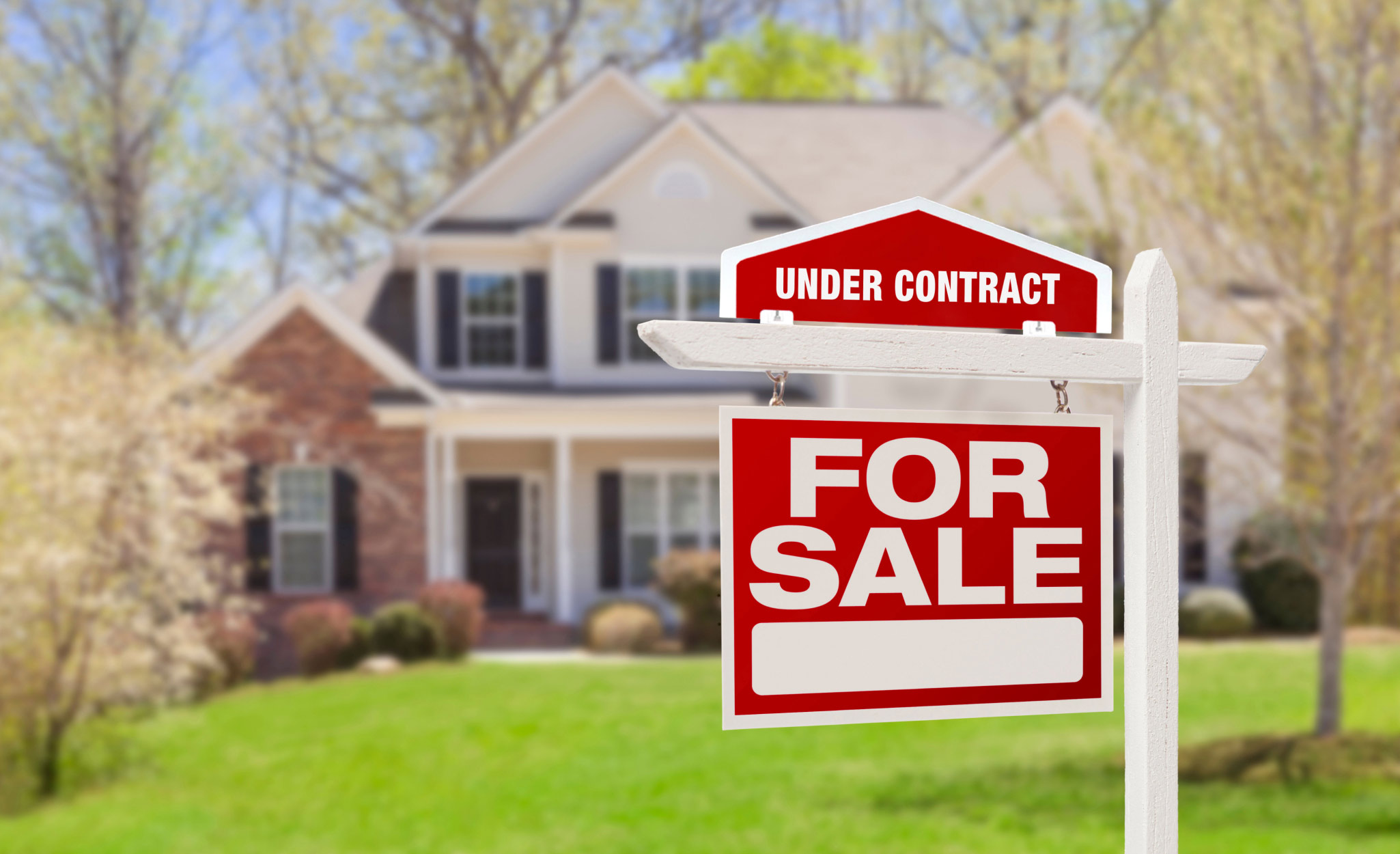
Finding suitable properties to flip depends on two factors: the house and the neighborhood. You need a house that’s underpriced, distressed or will otherwise benefit from rehab. But the property should also be located in a neighborhood where home value will appreciate.
“Start with houses that have the largest potential buyer pool,” says Scott. “Find a house that appeals to the largest number of buyers, with a median price point and popular neighborhood.”
Many house flippers start with the Multiple Listing Service (MLS), a database of properties listed for sale in a specific area. The MLS is a comprehensive local resource available to people holding real estate licenses, so it may not offer a significant advantage in competitive markets.
Property investors can consider finding and flipping “Real Estate Owned” (REO) properties held by lenders or guarantors due to defaulted loans. Auctions and trustee sales can be good sources for REO homes.
The following are tips for searching for investment properties. (For more information, see our guide How to Find the Right Houses to Flip.)
- Check personal contacts like friends, family members or neighbors for distressed or undervalued homes they may be interested in selling.
- Hire a real estate agent experienced with flipping and familiar with your target neighborhood.
- Get tips on local property investment through real estate message boards and networking groups.
- Consider working with real estate wholesalers, who purchase properties and sell them to flippers.
- Regularly drive through your target neighborhoods to look for “For Sale” signs or indications that people might be preparing to sell homes, such as painting the exteriors or upgrading the curb appeal.
- Network in your target neighborhoods by knocking on doors, sending emails or mailing letters“For Sale” signs.
- Start within range of your target neighborhood based on your market analysis. Keeping within the neighborhood’s school district is a good general rule.
- Check resources such as the local newspaper or county clerk’s office to find homes in the foreclosure process or REO properties.
- Professionals such as probate lawyers and divorce attorneys can have inside information about homes soon to go on the market.
Pro Tip: Use your real estate agent or set up automatic alerts on local websites to notify you when one of your target property types is listed.
How to Renovate a Property for a Flip
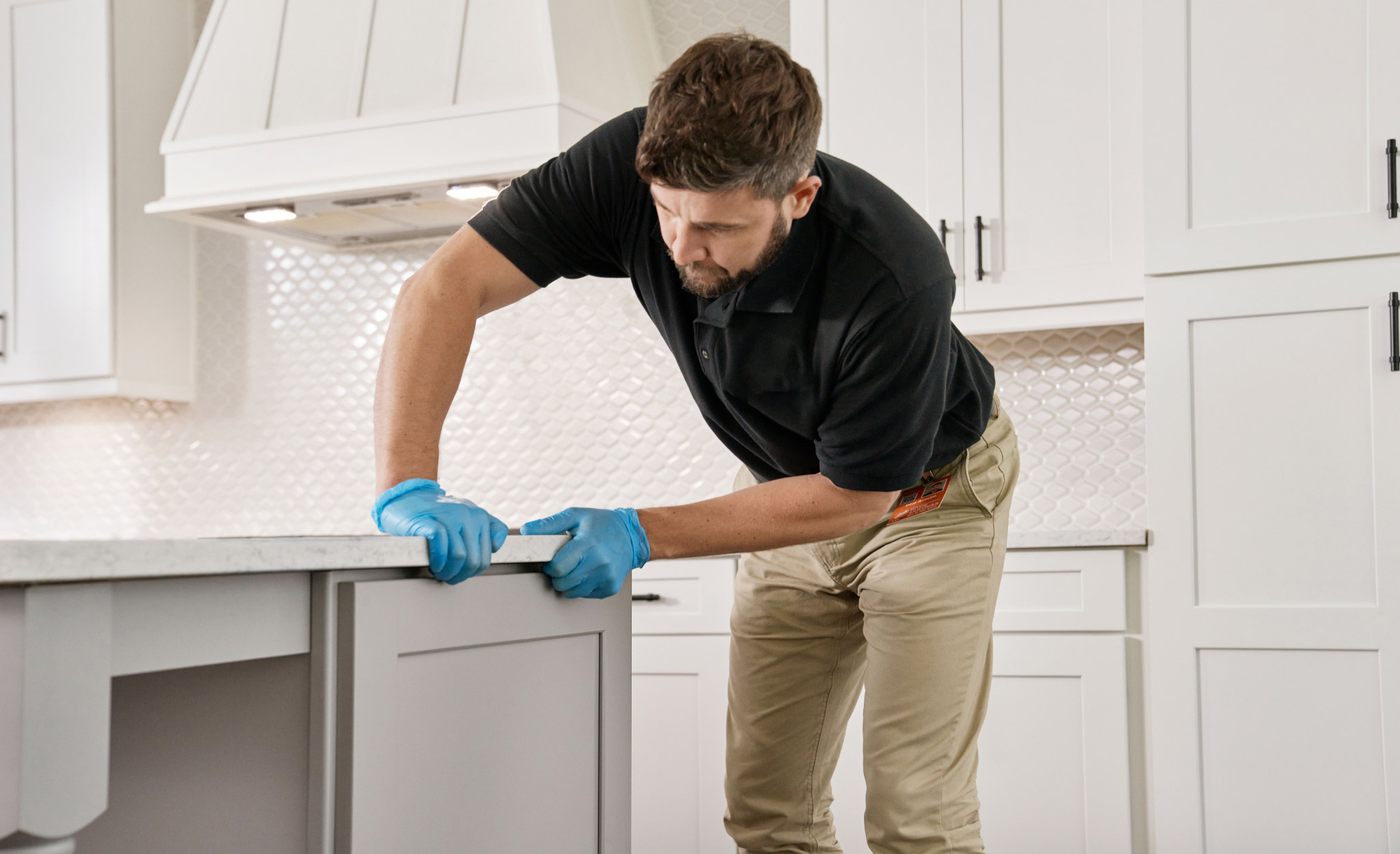
There are two types of renovation for a fix and flip. “There are functional renovations, which are things that the home inspector will find, like leaking water heaters,” Scott says. “Then there are cosmetic renovations, which may be designer or real estate agent recommendations, like upgrading the flooring or countertops. Always fix the functional first.”
Unless you’re highly experienced with DIY, you’ll need to hire a professional contractor. Property investors should do their due diligence to find and vet contractors for reliability and quality work.
Before purchasing the property, use the inspection process to reveal structural improvements and negotiate for the seller to make them.
When planning the renovation, create a “scope of work” document to detail everything in the rehab process, including the types of materials and labor costs. The more specific the scope of work document, the smoother and quicker the rehab will go.
Take before and after photos of the property, which can showcase the repair investment.
Choose renovations or remodeling jobs that will add the most resale value. Do not “overimprove” the property with repairs that do not add value. These are some tips for high-priority improvements:
- Upgrade the kitchen and bathroom as much as possible within your budget.
- Improve curb appeal, including the home exterior and the front yard.
- Use soft, neutral colors and popular materials instead of more bold design choices.
- Where possible, show off original features like brick, stone or original hardwood flooring.
- Install outdoor lighting and use energy-saving light bulbs as a selling point.
During the rehab process, determine the permits you need and get them as soon as possible. Smaller renovations such as new sinks or flooring will probably not require permits. Large remodeling jobs such as removing a load-bearing wall will often require permits.
Pro Tip: Hire The Home Depot’s Home Services for renovation and remodeling during your fix and flip process.
Marketing Tips for Flipping Houses

Take the following house flipping steps for marketing and selling the property.
- Embark on your exit strategy based on local market conditions. For example, if the local housing market has taken a downturn, you may need to prepare for longer time to sell.
- Price the property based on the current market value. The closer to your initial estimate, the more likely you will meet your profit goals.
- List the property for sale, either by yourself or through a real estate agent. Post to the MLS and real estate websites.
- Stage the house, either yourself or by hiring a professional stager. (For more information, see our guide How to Stage Houses and Apartments.)
- Schedule open houses.
- Prepare for negotiation and counteroffers when an interested buyer makes an offer.
- Cover closing costs based on the negotiation.
After the closing, record in a journal whether the flip met your goals described in the business plan. Recording the details and learning from your flip experience can make future flips more efficient and profitable.
More Tools. More Products. More Perks.
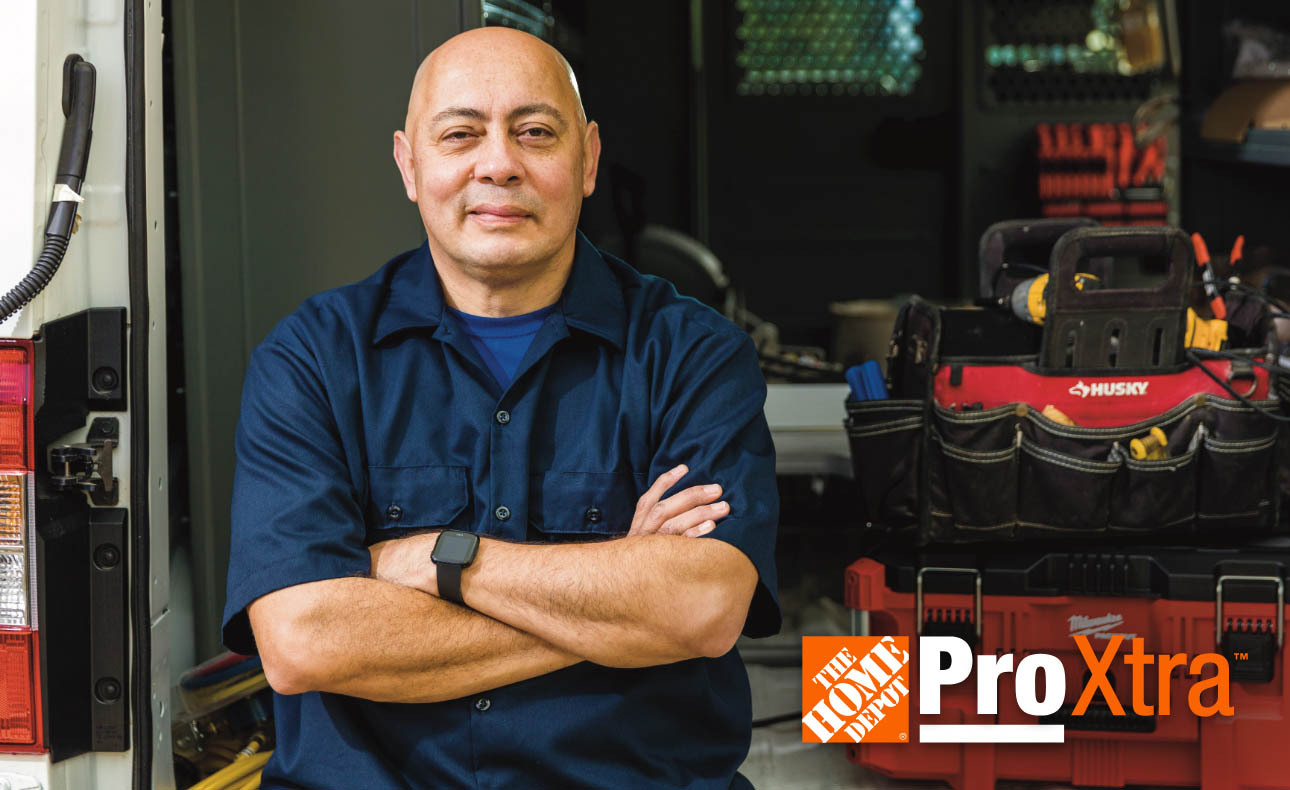
Be more competitive and boost your bottom line with Pro Xtra, The Home Depot’s free loyalty program built for Pros. Sign up today to access the enhanced Pro Online Experience, built with the online business tools and time-saving features Pros need.
Save more on renovation supplies you need for a fix and flip. Pro Xtra members qualify for bulk pricing on 4,000+ eligible products every day.




